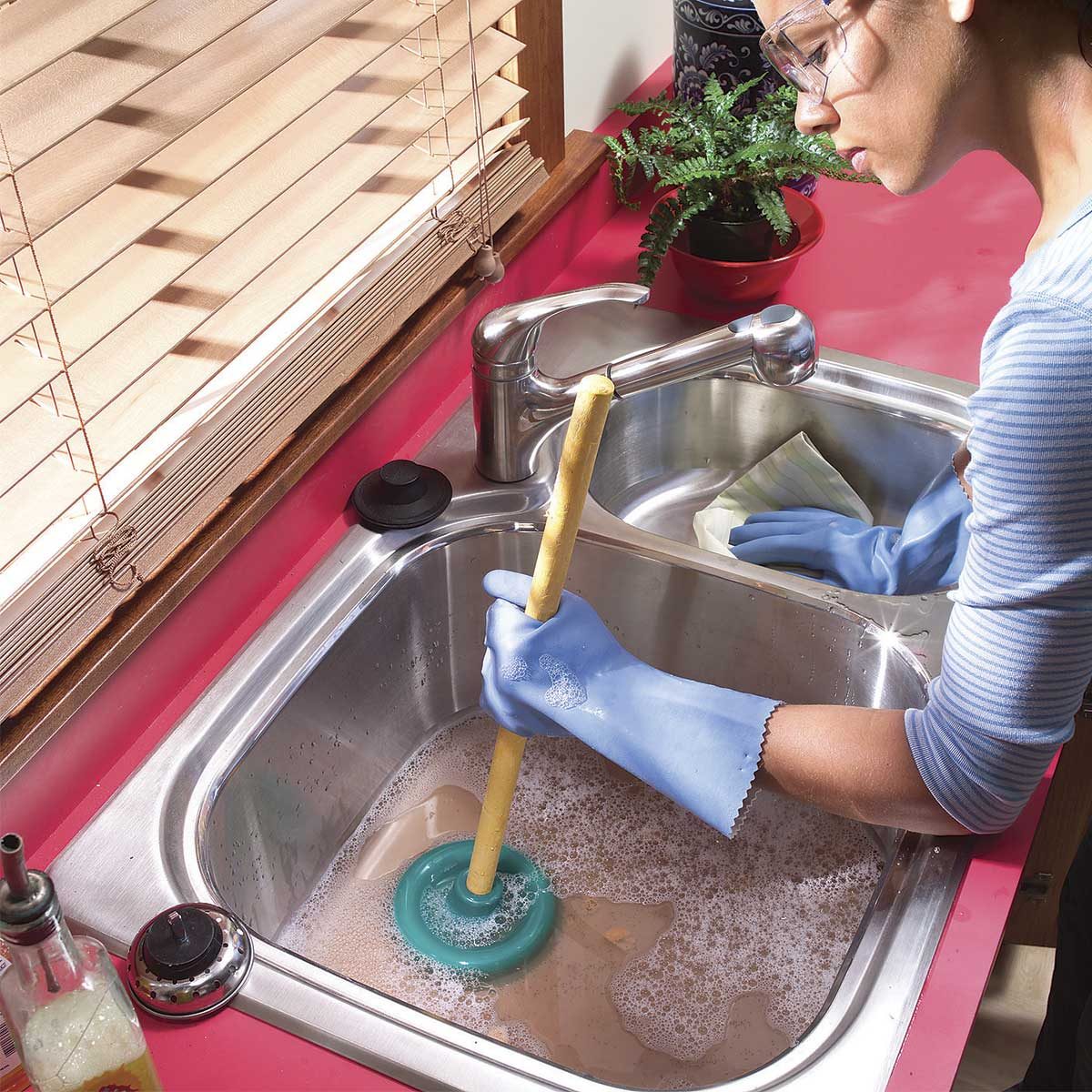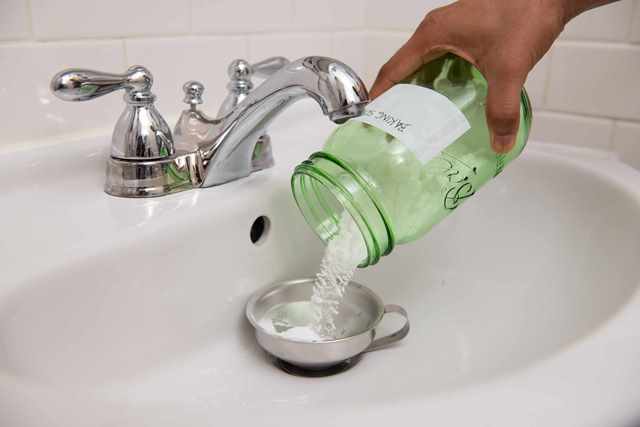6 Insights Into Your Kitchen Sink's Blockage Issues
6 Insights Into Your Kitchen Sink's Blockage Issues
Blog Article
This great article in the next paragraphs involving What To Do When Your Kitchen Sink Won’t Drain is without a doubt interesting. Don't miss out on it.

It's not normal for your kitchen area sink to block several times in one month. If your sink obstructs twice a week, there's some difficulty taking place.
A blocked kitchen area drainpipe doesn't just decrease your chores, it deteriorates your whole plumbing system, bit by bit. Right here are some typical behaviors that encourage sink clogs, and also how to avoid them.
You require correct waste disposal
Recycling waste is wonderful, but do you take note of your organic waste as well? Your cooking area must have 2 separate waste boxes; one for recyclable plastics as well as an additional for natural waste, which can become compost.
Having a marked trash can will help you as well as your household stay clear of tossing pasta and also various other food remnants down the drain. Usually, these remnants take in dampness and also come to be clogs.
The fault isn't from your kitchen sink whatsoever
Perhaps the problem isn't from your kitchen area sink, however the whole water drainage system. In such an instance, you might see that other sinks and drains get clogged every other week. You need a professional plumbing service to fix this.
You're tossing coffee down the tubes
Utilized coffee premises as well as coffee beans still soak up a substantial quantity of dampness. They might appear small sufficient to throw down the drainpipe, however as time takes place they start to swell as well as use up more space.
Your coffee grounds ought to go into organic waste disposal. Whatever fraction escapes (probably while you're depleting) will certainly be cared for throughout your month-to-month cleaning.
You have actually been eating a lot of greasy foods
Your kitchen sink may still obtain obstructed despite having natural waste disposal. This may be because you have a diet abundant in greasy foods like cheeseburgers.
This oil layers the within pipes, making them narrower and more clog-prone.
Make use of a bettor
Your pipe had not been taken care of correctly in the first place
If you have actually been doing none of the above, however still get normal blockages in your kitchen area sink, you ought to call a plumber. There could be an issue with how your pipelines were set up.
While your plumber arrives, look for any leakages or abnormalities around your cooking area pipelines. Don't try to repair the pipelines on your own. This may create a mishap or a cooking area flooding.
Someone tried to wash their hair in the kitchen area sink
There's a right time and also place for every little thing. The kitchen area sink is simply not the right area to wash your hair. Cleaning your hair in the kitchen sink will certainly make it block one way or another unless you use a drain catcher.
While a drainpipe catcher might capture most of the results, some strands might still get through. If you have thick hair, this might be enough to decrease your drainage as well as eventually develop a blockage.
There's more dirt than your pipelines can deal with
If you get fruits straight from a farm, you may see more cooking area dirt than other people that go shopping from a mall. You can quickly repair this by cleaning up the fruits and also veggies properly prior to bringing them right into the house.You require proper waste disposal
My Kitchen Sink Won’t Drain - What Should I Do?
If Your Sink Has a Garbage Disposal...
Turn on the disposal. If the disposal hums and doesn’t turn, then there’s clog in the disposal unit.
Go to your circuit breaker panel, and switch off the circuit breaker to your garbage disposal.
Back in your kitchen, double-check that your garbage disposal is off by trying to turn it on. The disposal should not move, and it should not make any noise.
Lie down underneath your sink so that you can see and access the bottom of the disposal unit. Look for a hole that looks like the head of a hex-head bolt in the center of the unit.
Place an Allen wrench inside this hole and turn it from side to side until you feel a decrease in resistance and are able to rotate the wrench completely in a single direction. This action rotates your disposal’s blade manually.
Put the wrench aside, and press the disposal unit’s reset button or switch.
Flip your garbage disposal’s circuit breaker switch back on, and turn on the unit to see if the obstruction has cleared. If it hasn’t, repeat the steps above until the obstruction is removed.
How to Unclog a Kitchen Sink Drain
If you have a double bowl sink, seal one side of the sink with an airtight lid or a second plunger before plunging the other side. Otherwise, you won’t be able to create adequate suction.
Place the cup of the plunger completely over the drain opening.
Turn on the faucet, and let the water run until it completely covers the cup of the plunger.
Start plunging by pushing the plunger down and pulling up again in order to build up suction. Make sure that the edges of the plunger stay in contact with your sink, or else you’ll lose the suction.
If you have trouble forming a seal between your sink and plunger, add petroleum jelly to the mouth of your plunger, and try again.
Plunge about five or six times before removing the plunger to see if water starts to drain properly. In some cases, you’ll even be able to feel the clog become dislodged while you plunge because suddenly there will be much less resistance. Repeat the plunging process until the clog clears.
Once water is draining properly again, run hot water down the drain for 5 minutes to help clear away grease, grime, and debris from the clog. https://www.plumbingjoint.com/blog/2019/august/my-kitchen-sink-won-t-drain-what-should-i-do-/

My Kitchen Sink Won’t Drain - What Should I Do?
If Your Sink Has a Garbage Disposal...
How to Unclog a Kitchen Sink Drain
https://www.plumbingjoint.com/blog/2019/august/my-kitchen-sink-won-t-drain-what-should-i-do-/
As a fervent person who reads about Five Ways to Fix a Slow Sink Drain, I thought sharing that information was important. Are you aware of somebody who is intrigued by the subject? Please feel free to promote it. Thank you so much for your time spent reading it.
Get Started
Report this page